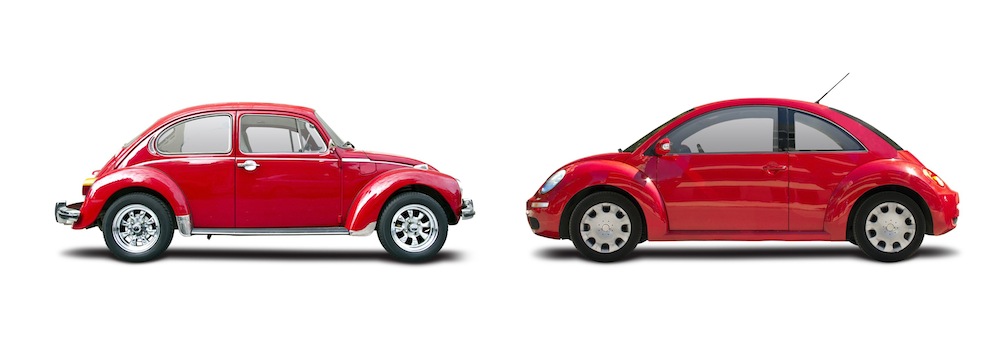If you’ve saved up enough to afford your first motor, one of the first decisions you’ll have to make is whether to go for a brand new, nearly new (generally less than around three years old) or used car. If you’re on a really tight budget, then you may not have any choice other than to go for a used car, but if all three are an option, you’ll need to consider the pros and cons of each before making your decision.
You may be convinced that your first car needs to be driven glistening straight from the showroom, but on closer inspection you could find that a nearly new or used model would be a better fit, and vice versa – you may have your heart set on a second-hand car you’ve seen, only to ‘do the math’ and find that a new car deal would make more sense in the long run.
Almost 2.7 million new cars were registered in the UK in 2016, but that doesn’t mean that there are millions of people with tens of thousands of pounds burning a hole in their pocket. Very few motorists pay for their new car up front these days – most rely on one of a range of finance options to fund their purchase, which spreads the cost over a number of months or years. While this makes sense for a lot of people, especially as you may not even be required to make an initial deposit, many students would obviously struggle to afford a new car, no matter how the cost is spread out.
A downside of buying a brand new car is that they’re much more prone to depreciation than older models, with some almost halving in value over the first three years of ownership. However, the rate of depreciation tends to slow down after two to three years, which is the biggest benefit of going for a used or nearly new motor.
Older cars will, in general, cost more to run in terms of fuel and road tax, and maintenance costs are also likely to be higher, as clocking up miles on the road can take its toll in terms of wear and tear. This should, however, be more than offset by the fact that you’re not losing thousands of pounds a year in depreciation (unless you’re lucky enough to drive an Aston Martin or another classic that’s currently going up in value!).
You’ll certainly get more motor for your money if you opt for the nearly new or used option. A budget of just a couple of grand could potentially stretch to a top-end second-hand model depending on its age, as luxury cars depreciate at the fastest rate. While this would, on the face of it, look like a serious bargain, you’ll need to take into account the insurance and running costs to see if it would, in fact, end up being a false economy.
Older cars often cost more to run, too, as fuel economy and carbon emissions are constantly being improved, which results in higher road tax for older models. Safety standards are also likely to be a little better on a brand new model compared to a used car, depending on its age.
With so much to think about, it’s good news that Go Girl, which offers student car insurance, has produced this handy guide showing the pros and cons of buying a new, nearly new and used car…
Top image credit: Konstantinos Moraitis/123RF


